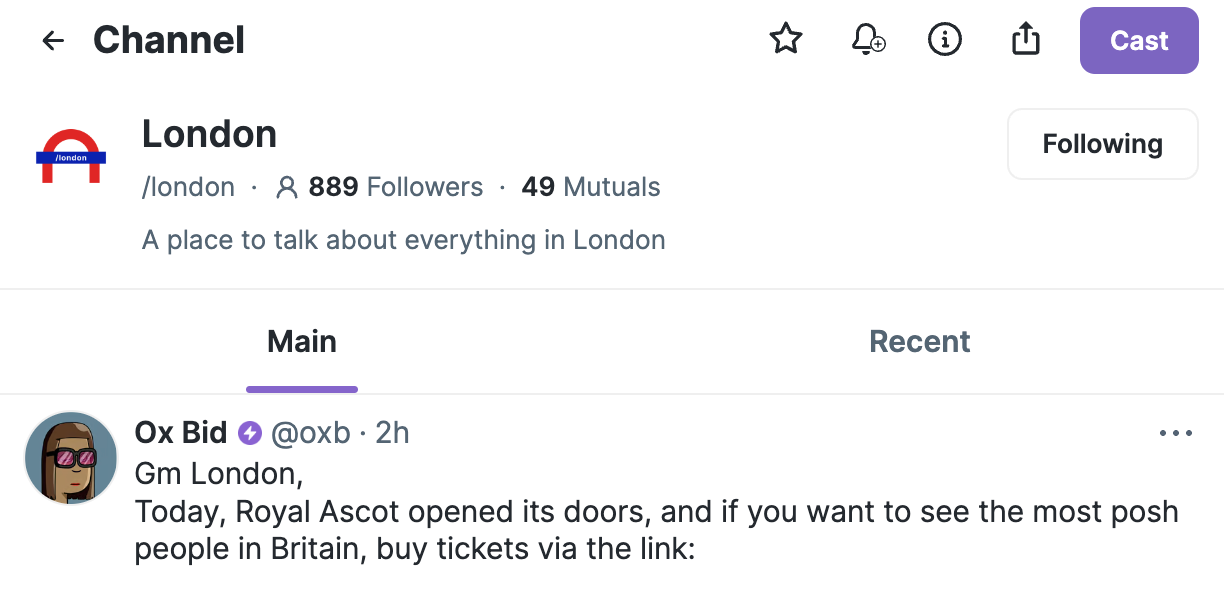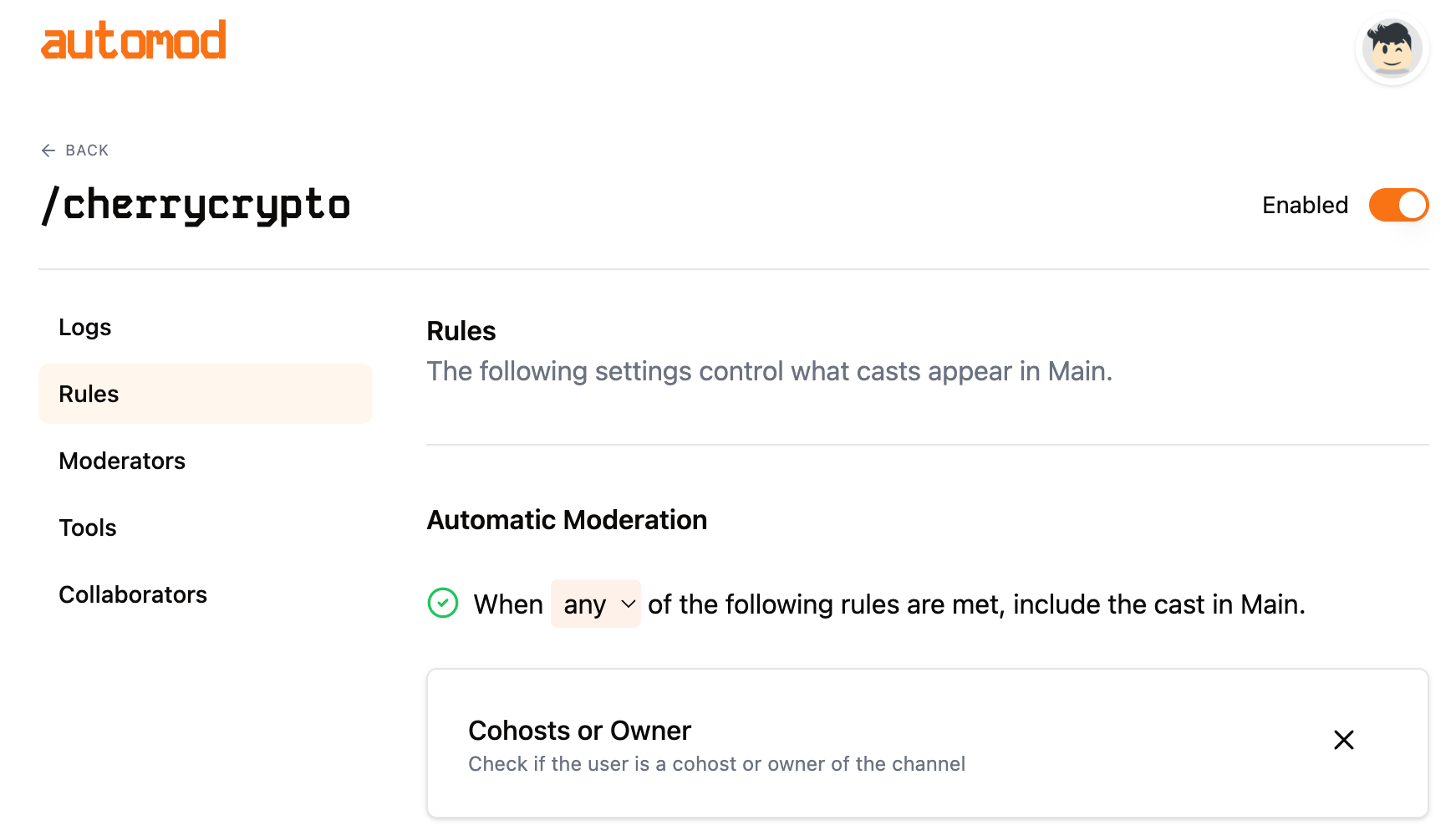Moderation and open social
Content moderation remains one of the biggest challenges facing social media platforms today. Currently, decisions about what content is permitted and shown to individual users are made by the platforms themselves. These decisions are then enforced by closed source algorithms that shape the user experience on platforms like Twitter, Facebook, and Reddit.
Farcaster takes a different approach. Farcaster is an open source protocol as opposed to a closed source platform. By design, it is optimised for developers to build on top of. As a result, it is “thinner” and less opinionated than centralised platforms. It gives developers the space to build the types of experiences they want.
We’re already starting to see this play out with content moderation. At the base layer, Farcaster the protocol, allows for all type of content to be surfaced. It engages in zero moderation. The responsibility of moderation is given to the interfaces and applications that build on top.
For example, I use Warpcast, a client built on top of Farcaster. Warpcast enables users to create channels around all sorts of topics, and has taken the decision to divide each channel into recent casts and main casts. The recent casts section shows all content posted to the channel while the main section shows content that was moderated by the channel’s moderator.
Below is an example of the London channel.

Moderators can manually moderate the channel, or they can use an application called Automod to set the rules of moderation and have a bot do it for them.
I set up the cherrycrypto channel and use Automod to moderate the channel for me.

The layers of the technology stack, from top to bottom, in this example are:
- Application = Automod
- Client = Warpcast
- Protocol = Farcaster
I could also use a different Farcaster client, such as Supercast, or any other content moderation application of my choosing. Rather than one company building all layers of the stack, users and developers have the freedom to use different pieces to construct an experience to their liking. This is open social. It's a new way to address the content moderation problem, and for social experiences to be built more broadly.
